Study on Resilience Assessment and Influencing Factors of Urban Flooding in Beijing-Tianjin-Hebei Urban Agglomeration
DOI: 10.23977/jceup.2025.070202 | Downloads: 13 | Views: 541
Author(s)
Yuxuan Wang 1, Huiying Huang 1, Tao Jia 1, Bohan Jiang 1
Affiliation(s)
1 School of Economics and Management, Institute of Disaster Prevention, Beijing, China
Corresponding Author
Huiying HuangABSTRACT
In the context of global climate change, urban flooding disasters are frequent, posing challenges to traditional disaster prevention models. This study focuses on the Beijing-Tianjin-Hebei city cluster and constructs a resilience assessment system for urban flooding based on resilience theory, incorporating 20 indicators from three dimensions: stress, state, and response. Using the entropy weight method-improved TOPSIS model and obstacle degree model, this study dynamically evaluates and analyzes the factors influencing urban flooding resilience in the Beijing-Tianjin-Hebei region from 2019 to 2023. The findings are as follows: (1) The comprehensive index of urban flooding resilience in the Beijing-Tianjin-Hebei region increased from 0.484 in 2020 to 0.736 in 2024, showing a three-stage evolution characterized by "foundation reconstruction-bottleneck adjustment-system breakthrough"; (2) The stress impact value decreased by 33.8%, thanks to source reduction and pipeline upgrades; the state impact value increased by 265%, due to the widespread use of permeable pavements and green space water storage projects; the response impact value rose by 136%, supported by intelligent monitoring and emergency system construction; (3) Adaptability to extreme weather remains a weak point, with the negative ideal solution index peaking at 0.946 in 2022. Recommendations include optimizing ecological space (increasing the proportion of green space retention areas to 20%), upgrading drainage facilities for once-in-a-century events, and enhancing regional collaborative governance to strengthen resilience. This study provides a quantitative analysis framework and practical approach for urban flooding management in megacity clusters.
KEYWORDS
Waterlogging Disaster; Resilience Assessment; Beijing-Tianjin-Hebei Urban Agglomeration; Topsis Model; Obstacle Degree ModelCITE THIS PAPER
Yuxuan Wang, Huiying Huang, Tao Jia, Bohan Jiang, Study on Resilience Assessment and Influencing Factors of Urban Flooding in Beijing-Tianjin-Hebei Urban Agglomeration. Journal of Civil Engineering and Urban Planning (2025) Vol. 7: 11-17. DOI: http://dx.doi.org/10.23977/jceup.2025.070202.
REFERENCES
[1] The Office of the National Disaster Prevention, Mitigation and Relief Committee and the Ministry of Emergency Management released the basic situation of natural disasters in China in 2023 [J]. China Disaster Reduction, 2024, (03):7.
[2] Yang Minxing, Huang Bo, Cui Chong, et al. A Review and Prospect of Disaster Prevention and Control Based on Resilient City Theory [J]. Urban Planning Journal, 2016, (01):48-55.
[3] Xiao Fenglin, Bu Wangchao, Tu Feixiang, et al. Resilience Assessment of Flood Disasters at the Urban Street Scale—A Case Study of Yicheng Street, Yixing City, Jiangsu Province [J/OL]. China Flood Control and Drought Relief, 1-21[2025-02-02].https://doi.org/10.16867/j.issn.1673-9264.2024301.
[4] Song Lanlan, Shen Yi, Chen Xing, et al. Analysis of the Spatiotemporal Evolution and Obstacle Factors of Flood Resilience in Nanjing Metropolitan Area Cities [J/OL]. Journal of Safety and Environmental Science, 1-11[2025-02-02].https://doi.org/10.13637/j.issn.1009-6094.2024.1409.
[5] Chen Shengda, Feng Yijun, Zheng Wenxin, et al. Urban Resilience Evaluation Model and Application from the Perspective of Rainstorm Resilience—A Case Study of Hangzhou City [C]// China Urban Planning Society, Hefei Municipal Government. Beautiful China, Co-construction, Co-governance, and Shared Benefits—Proceedings of the 2024 China Urban Planning Annual Conference (02 Urban Safety and Disaster Prevention Planning). Hangzhou Urban Planning and Design Institute; 2024:8.
| Downloads: | 11441 |
|---|---|
| Visits: | 386466 |
Sponsors, Associates, and Links
-
Journal of Sustainable Development and Green Buildings
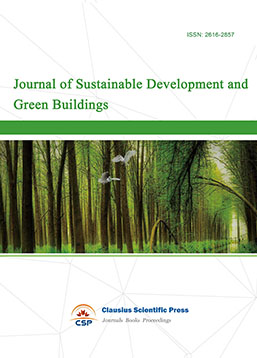
-
Landscape and Urban Horticulture
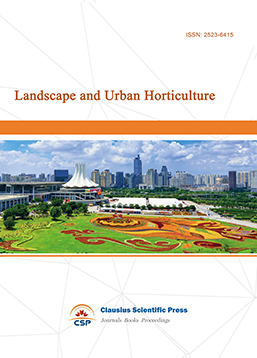
-
Bridge and Structural Engineering
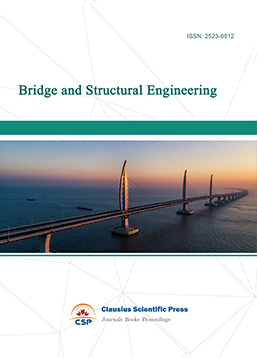
-
Soil Mechanics and Geotechnical Engineering
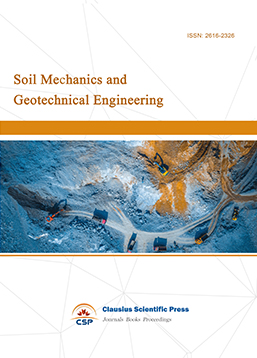
-
Journal of Municipal Engineering
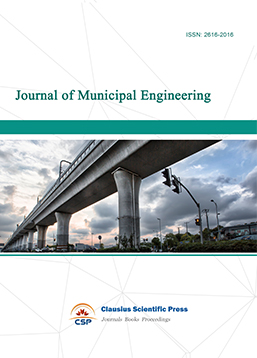
-
Heating, Ventilation and Air Conditioning
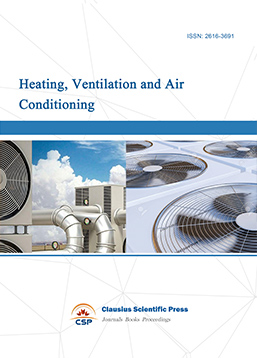
-
Indoor Air Quality and Climate
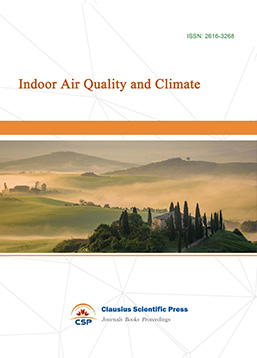
-
Computer Aided Architecture Design
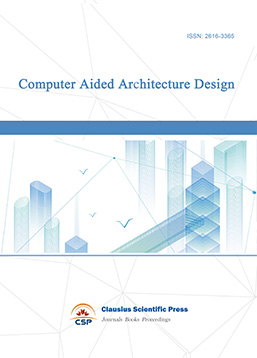

 Download as PDF
Download as PDF